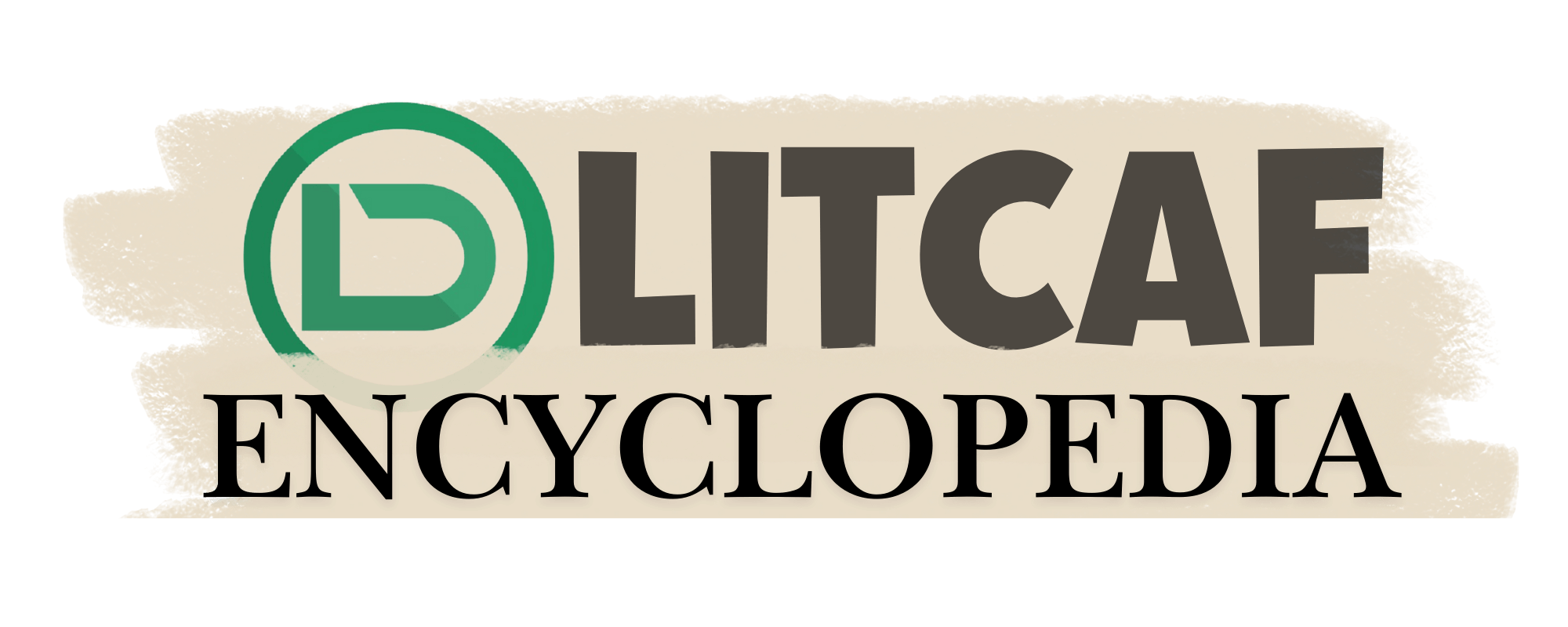
Common Duiker, Sylvicapra grimmia, also known as the bush duiker or grey duiker, is one of the most widely distributed antelopes on the African continent. It is a tiny, shy antelope with only the males having short horns. The name refers to a characteristic habit of taking off at high speed in a series of diving jumps when alarmed. The duiker is a highly prized animal among hunters and it is eulogized in a Yoruba Ijálá chant as the first-born of the chief of Ògbómòsó because of the natural linear mark on its face similar to the traditional facial mark found on the faces of the Ògbómòsó people. Inspite of this familial sentiments however, the duikers causes economic lost to farmers by digging up and eating up potatoes, peanuts, and other crops in agricultural fields. Flowers, leaves, fruits, and shoots carrion, nestling birds, mammals, and insects are included in the common duiker’s diet. This species persists to a greater degree than most other savannah antelopes, but it’s declining in densely settled areas. The common duiker population is somewhat limited to areas of moderate densities and sufficient cover. They are probably the most successful bovid species in Africa.
The northern bush duiker (S.g. rosevelti) and the western bush duiker (S.g. coronata) subspecies are found in the northern and western parts of Nigeria respectively. Speckling is very faint in in the latter’s bright orange-yellow color tinge. The mid-dorsal region and the stripe on the face have similar shades of red. Tail is black only at the tip. Its horn and body size are relatively small. Shoulder height is 17 to 18 inches and weight is 11 to 14 kg. The heavily speckled northern bush duiker has a dark facial blaze, which extend to the crest and a black tail. Color ranges from pale brownish yellow to gray yellowish-sandy fawn.
The male and female form a monogamous breeding pair. One precocial lamb is born usually after a gestation period of three months. Lifespan is 8-11 years.
